Comparison of advantages between zirconia ceramic nozzle and silicon carbide ceramic nozzle
In the field of industrial nozzles, the choice of materials directly affects equipment efficiency, lifespan, and cost. Zirconia (ZrO) and silicon carbide (SiC) ceramics, as two high-performance materials, each have unique advantages.
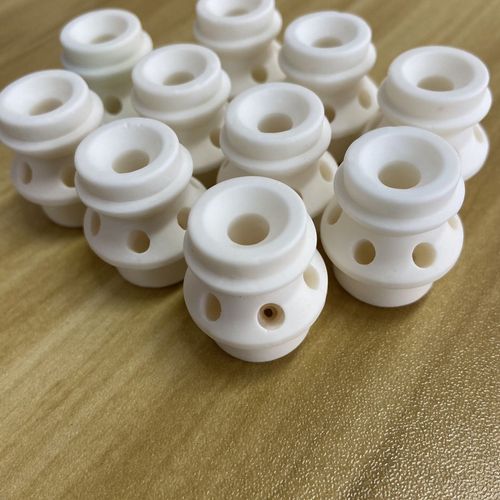
Core performance comparison: Silicon carbide has leading wear resistance, while zirconia has better toughness
- Hardness and wear resistance
Silicon carbide ceramics are known for their ultra-high hardness, with a Mohs hardness of 9.5, second only to diamond, and their wear resistance is 2-3 times that of zirconia ceramics. In high wear scenarios such as sandblasting and metal cutting, the lifespan of silicon carbide nozzles can be more than three times that of zirconia, significantly reducing downtime maintenance frequency by 8. Zirconia ceramics have a Mohs hardness of 8.5, which is slightly inferior to silicon carbide but still superior to most metal materials, making them suitable for moderate wear environments. - High temperature resistance and thermal properties
Silicon carbide has a melting point of up to 2700 ℃ and a thermal conductivity of 120-200 W/(m · K). It can quickly dissipate heat and withstand high temperatures of 1600 ℃, making it suitable for high-temperature spraying and heat exchangers. Although zirconia has lower temperature resistance than silicon carbide (about 2200 ℃), its low thermal conductivity (2-3 W/(m · K)) endows it with excellent insulation properties, making it suitable for high-temperature furnace lining and medical sterilization equipment. - Impact resistance and toughness
Zirconia is known as “ceramic steel”, with toughness more than four times that of silicon carbide, and a bending strength of 400-600 MPa. It can withstand mechanical vibrations and accidental collisions, and performs excellently in dental tools, precision spraying, and other sceneries. Silicon carbide has high brittleness (bending strength of 300-800 MPa) and needs to avoid strong impact environments, but its crack resistance can be improved by optimizing the sintering process. - Chemical stability and corrosion resistance
Both are resistant to acid and alkali corrosion, but silicon carbide is more stable in strong acid and alkali environments, making it suitable for chemical reactor nozzles and desulfurization equipment. Zirconia has an advantage in biocompatibility and is widely used in the fields of medical devices and food processing.
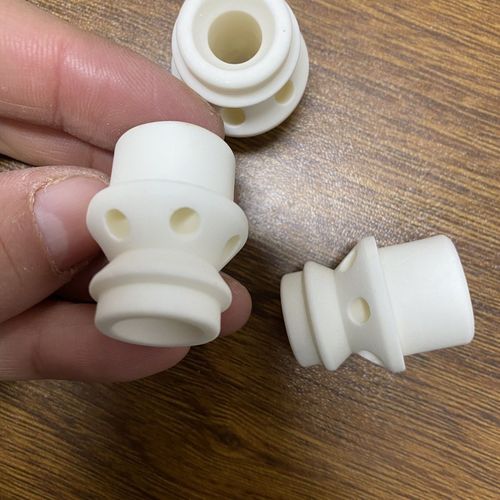
Recommended application scenarios: on-demand matching, precise material selection
Applicable scenarios for silicon carbide ceramic nozzles
Extreme wear environment: Sandblasting machine, metal cutting, slurry conveying, long service life and low maintenance cost.
High temperature and efficient heat dissipation: semiconductor device heat sinks and aircraft engine nozzles ensure stable operation at high temperatures.
Strong corrosion conditions: chemical reaction kettle, flue gas desulfurization equipment, excellent acid and alkali resistance.
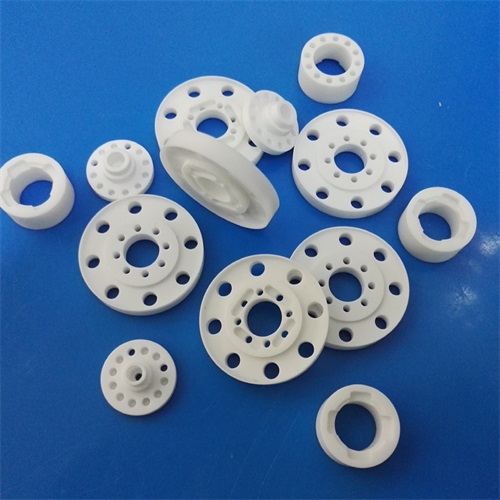
Applicable scenarios of zirconia ceramic nozzle
High precision and toughness requirements: 3D printing nozzles, dental sandblasting equipment, impact resistance and surface smoothness up to mirror level 56.
In the field of biomedicine, surgical instrument cleaning nozzles and drug nebulizers are non-toxic and have good biocompatibility.
Insulation and Insulation Applications: High temperature furnace lining, electronic insulation components, low thermal conductivity to ensure safety.
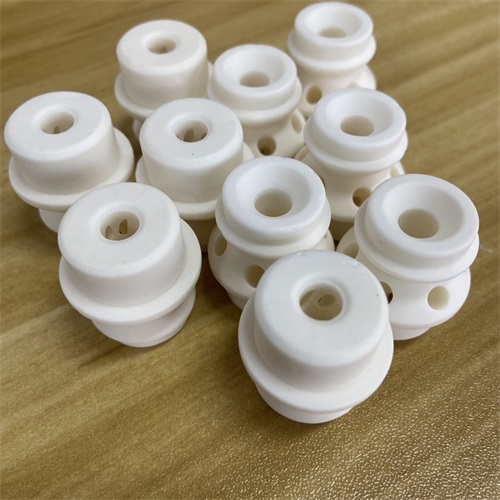
Economic analysis: Balancing long-term costs and cost-effectiveness
Index: Silicon carbide ceramic nozzle, zirconia ceramic nozzle
The initial cost is relatively high (about 1.5-2 times that of zirconia) and moderate
Long service life (better in high wear scenarios) and longer (better in impact resistant scenarios)
Maintenance frequency is extremely low
Lower total cost of ownership (long-term savings of over 30%), moderate (suitable for budget sensitive projects)
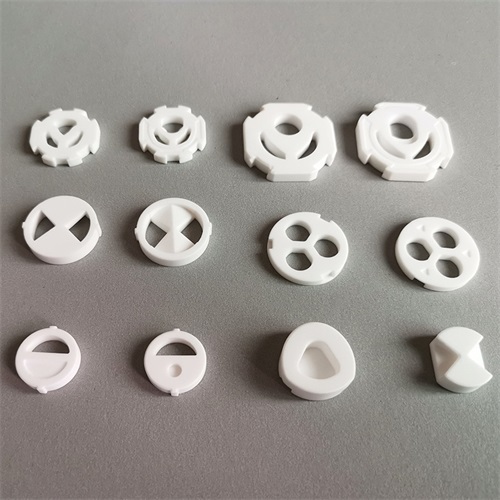
Whether it’s pursuing ultimate wear-resistant silicon carbide or requiring high toughness zirconia, we use cutting-edge material technology to help you achieve a leap in production efficiency!
PREVIOUS:Performance comparison between zirconia ceramic nozzle and alumina ceramic nozzle
NEXT:Advantages and disadvantages of zirconia ceramic nozzle vs metal nozzle
CATEGORIES
LATEST NEWS
- Photovoltaic ceramic suctio...
- What are the classification...
- Performance advantages of p...
- Petrochemical ceramic injec...
- Zirconia Ceramic Rod Custom...
- High-temperature resistance...
- What is the wear resistance...
- What is the hardness of cer...
- Aluminum oxide ceramic cust...
- What are the main aspects o...
